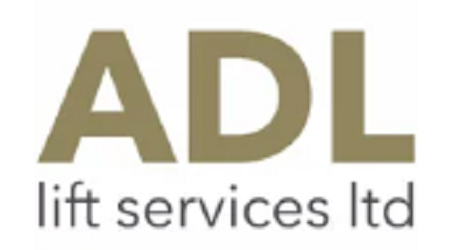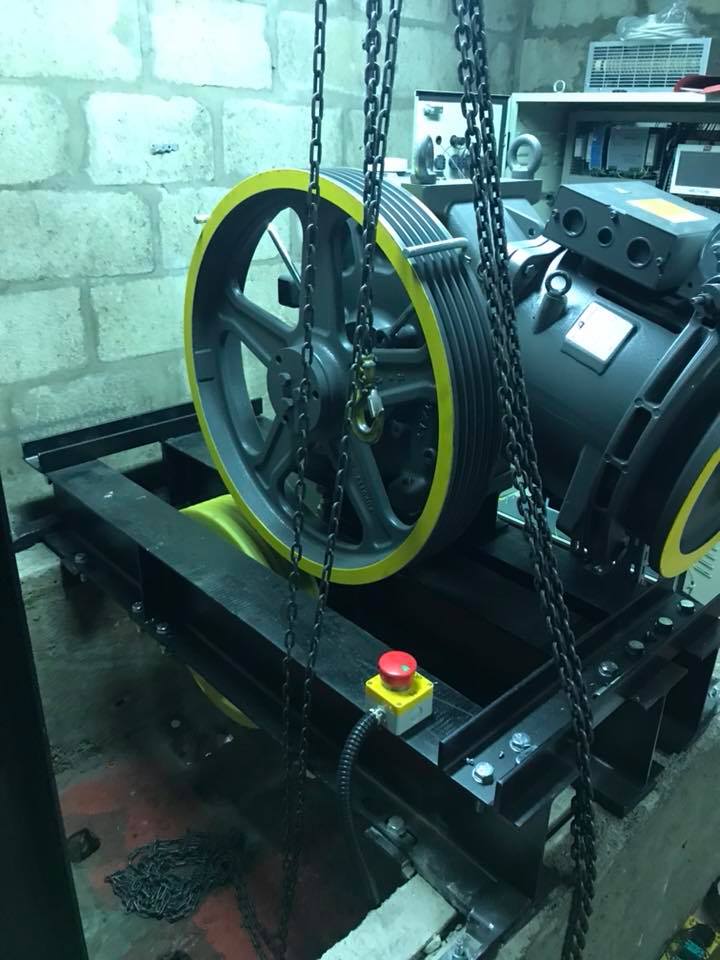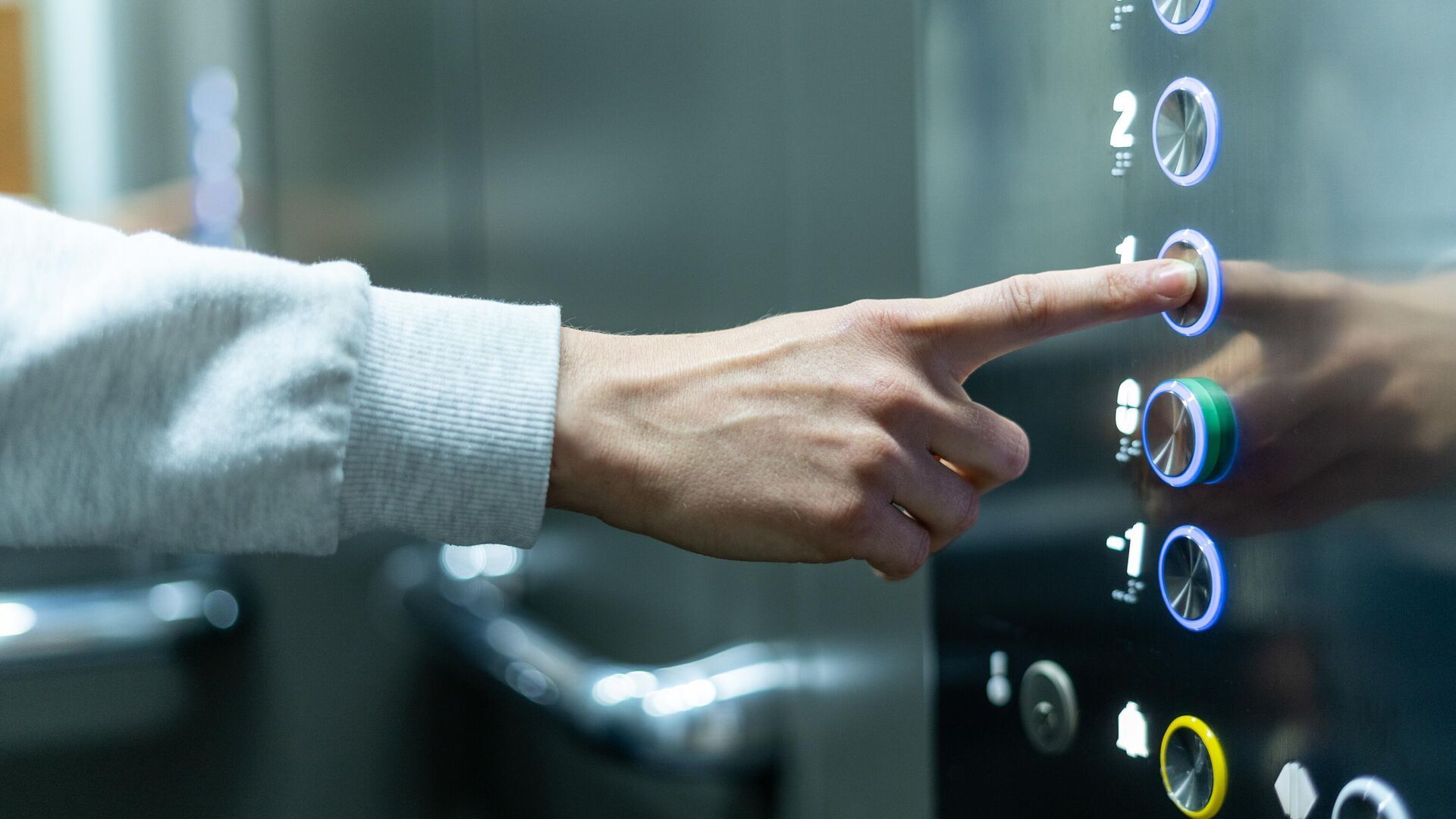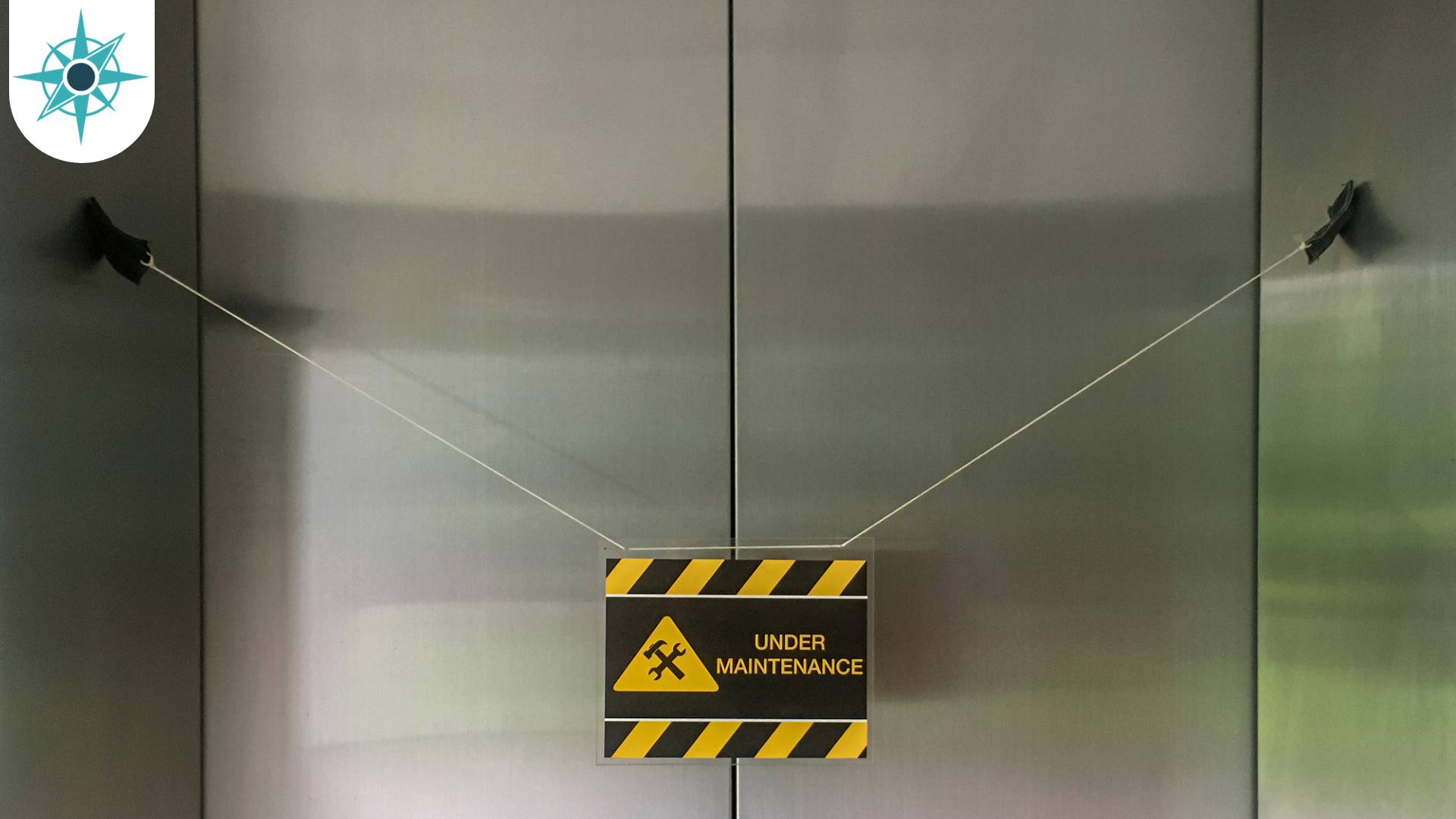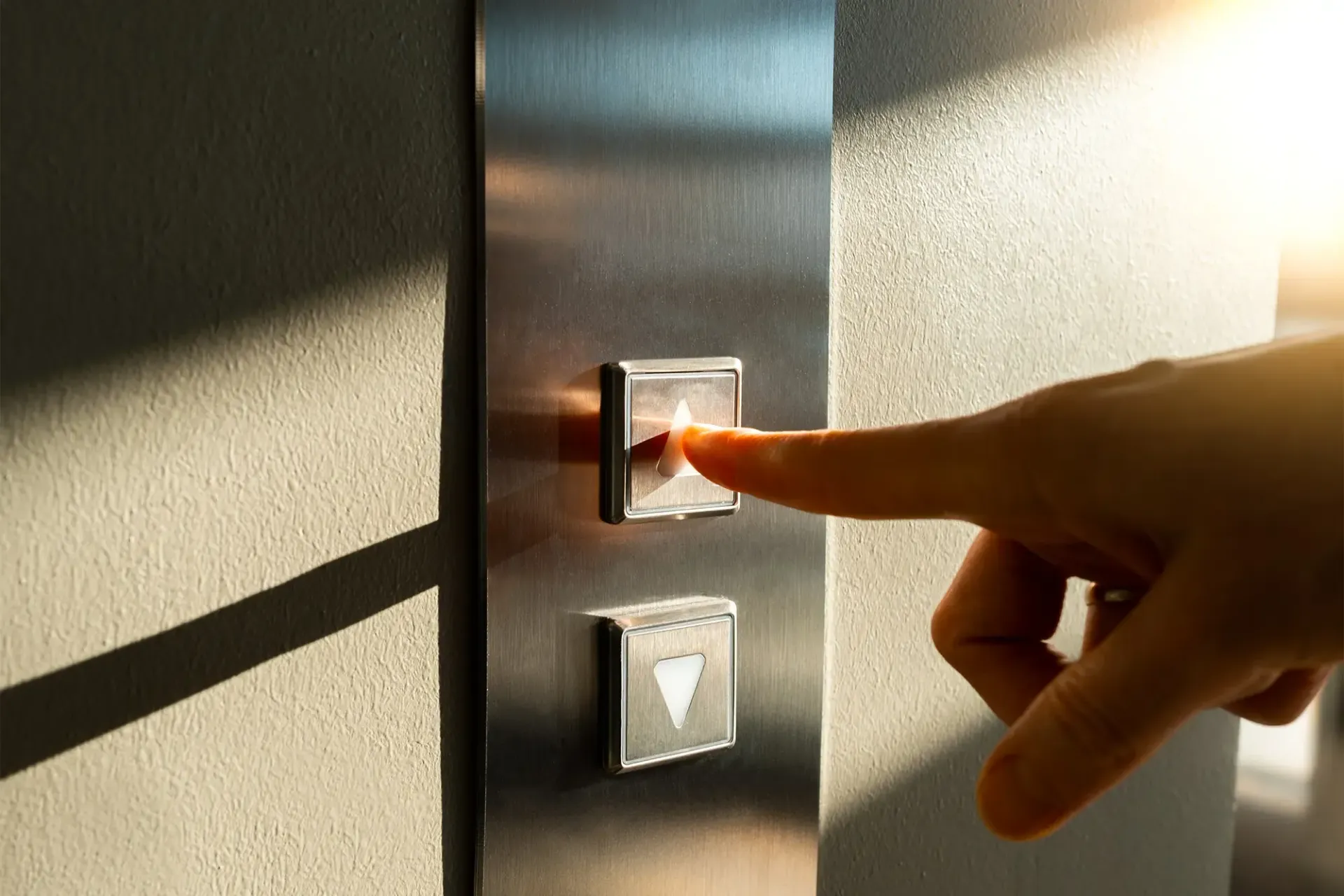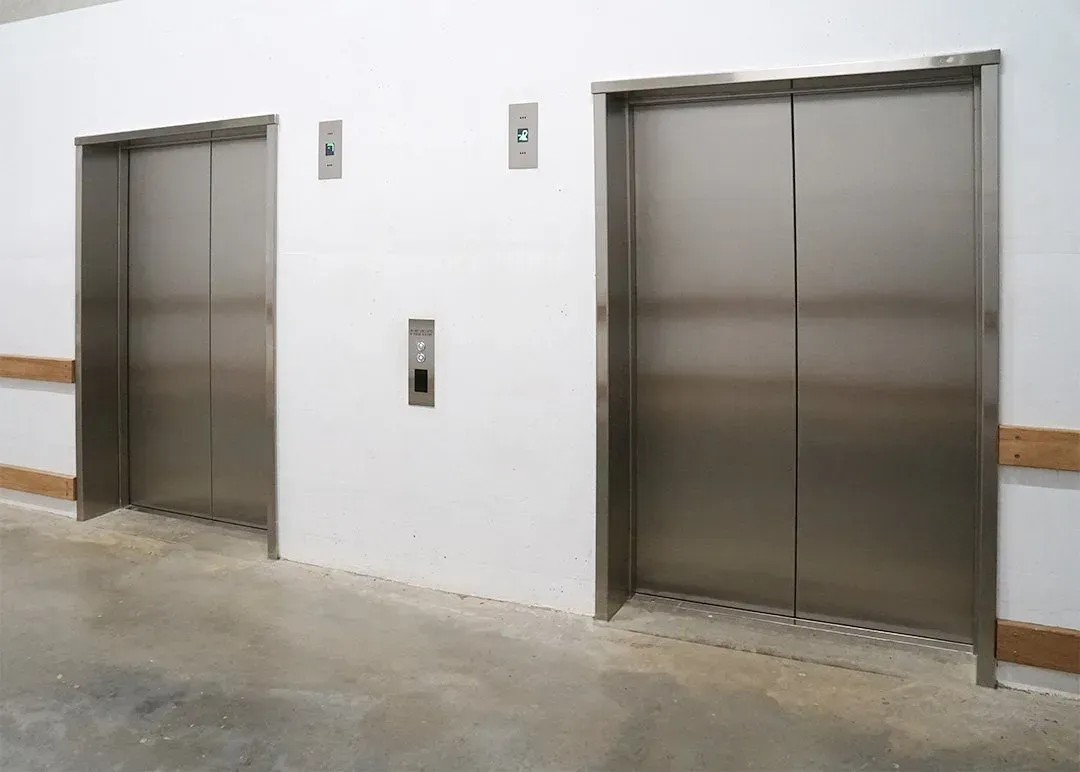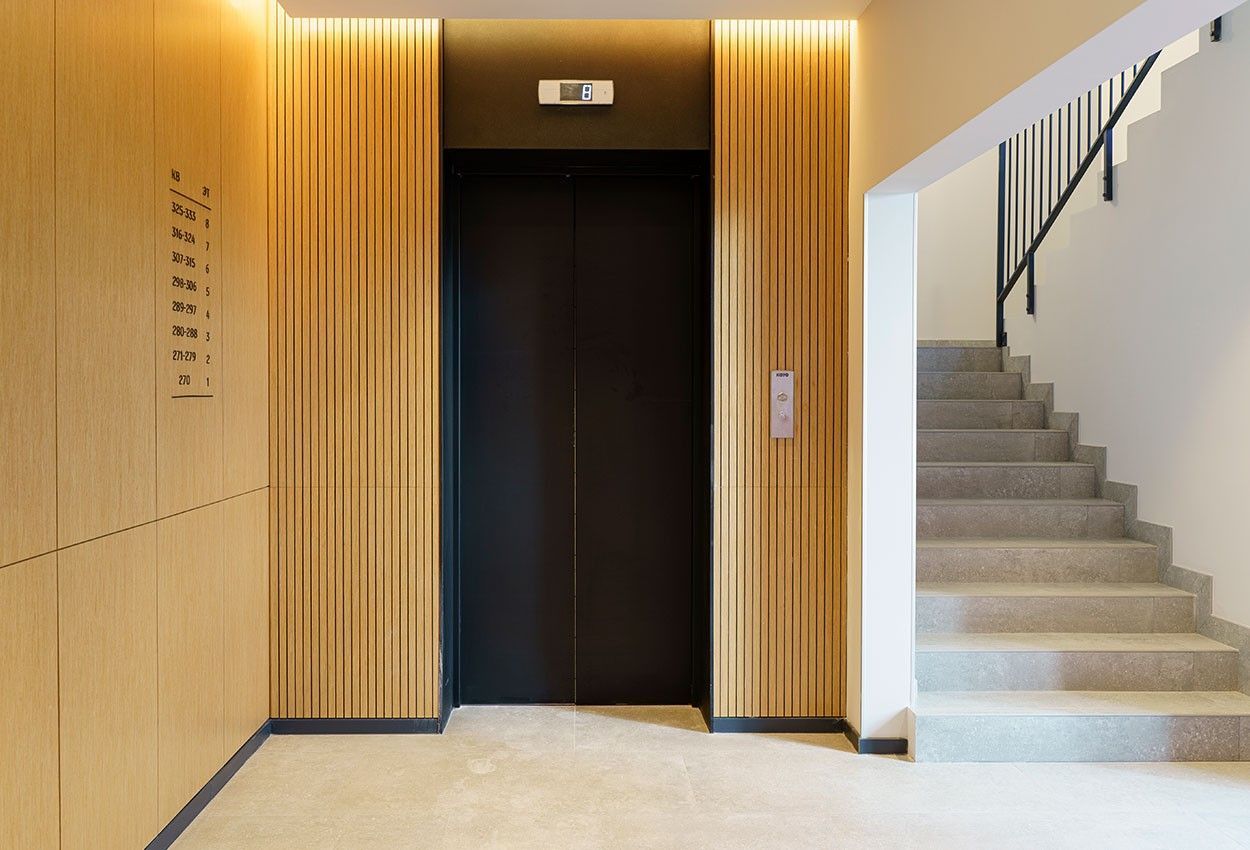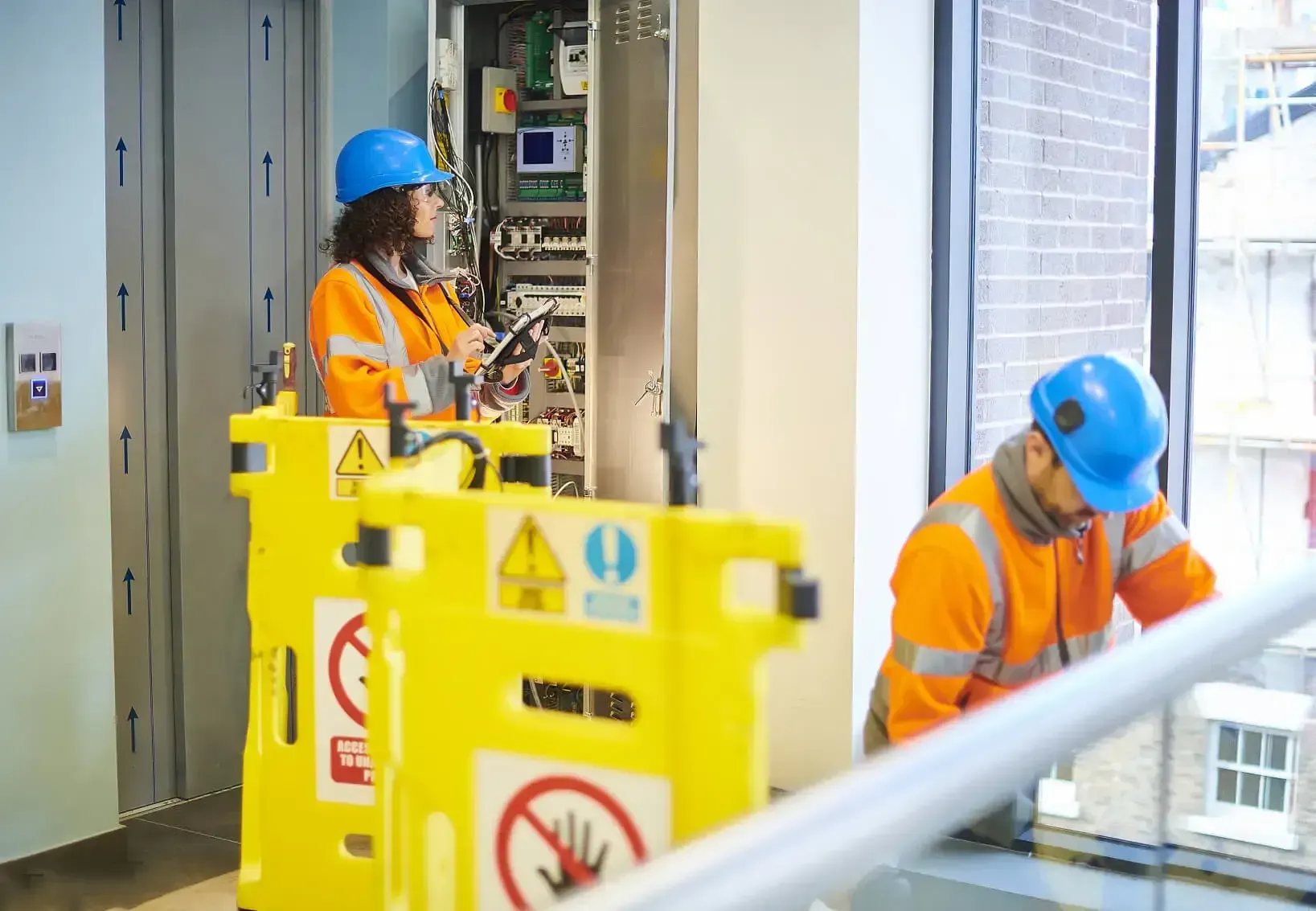Understanding the Key Components of a Lift
When it comes to vertical transportation, few inventions have revolutionised the way we move through buildings as much as lifts. These incredible machines, also known as elevators in some parts of the world, have become an integral part of modern architecture. Whether you're in a towering skyscraper or a small residential building, lifts play a crucial role in making our lives more convenient and efficient. In this blog post, we'll delve into the essential components of lifts, shedding light on what makes them work seamlessly and reliably.
The Powerhouse: Motor
The lift motor is the powerhouse of the entire system. It's responsible for moving the lift car up and down the shaft. Typically located at the top of the elevator shaft, the motor is connected to a system of pulleys and cables, or in more modern lifts, a traction system. This motor generates the force required to lift and lower the elevator car, providing us with a smooth and comfortable ride.
The Mover and Shaker: Car
The lift car, also known as the cabin or carriage, is the part of the lift that we ride in. It's essential for this component to be designed with both functionality and aesthetics in mind. Lift design is crucial here, as it influences the user experience and the overall impression of a building. High-quality materials, ergonomic layouts, and well-thought-out interior design contribute to a pleasant ride and make a building's interior more inviting.
Safety First: Doors and Controls
Safety is paramount when it comes to lifts, and this is where lift doors and controls come into play. Lift doors are equipped with safety features like sensors and interlocks to prevent doors from closing when an object or person is in the way. Additionally, controls inside the lift car and on each floor ensure that the lift stops precisely where it should, providing a reliable and secure mode of transportation.
The Nervous System: Control System
The control system is the brain of the lift, ensuring that it operates efficiently and safely. Modern lifts are equipped with sophisticated control systems that use advanced algorithms to optimise travel times, minimise energy consumption, and manage traffic flow within a building. These systems are constantly monitored and maintained to ensure peak performance and reliability.
The Heart of the Operation: Lift Manufacturers
As well as the components that make up a lift, it's essential that we also acknowledge the crucial role that lift manufacturers play. They are responsible for designing, engineering and producing lifts that meet safety standards, are energy-efficient, and cater to various building types and requirements. Leading lift manufacturers invest heavily in research and development to continually enhance lift technology, ensuring that their products are at the forefront of innovation. When choosing a lift for your building, it's vital to partner with reputable lift manufacturers and lift installers that are known for quality, reliability, and exceptional design.
When Things Go Wrong: Lift Repair
Despite their reliability, lifts may occasionally require maintenance and repair. Lift repair services are essential to ensure that any lift component issues are promptly addressed to minimise downtime and maintain passenger safety. Regular maintenance checks are crucial to identifying and fixing potential problems before they become major issues.
Lifts are complex machines that consist of various key components working together to provide us with a convenient and safe means of vertical transportation. At ADL Lift Services, we understand the importance of these components and offer comprehensive lift services to help you keep them running smoothly.
Contact us today to discuss your requirements with our lift experts.
